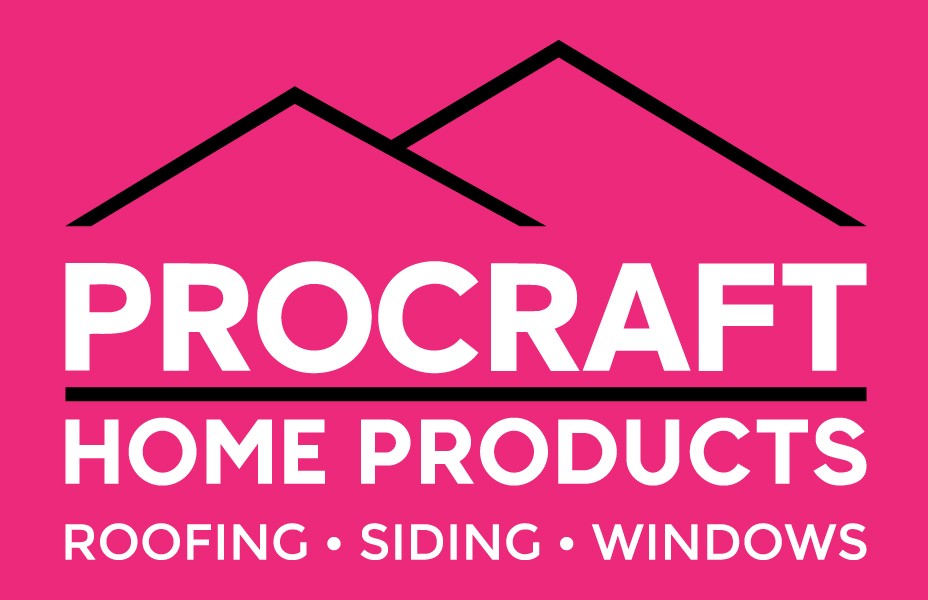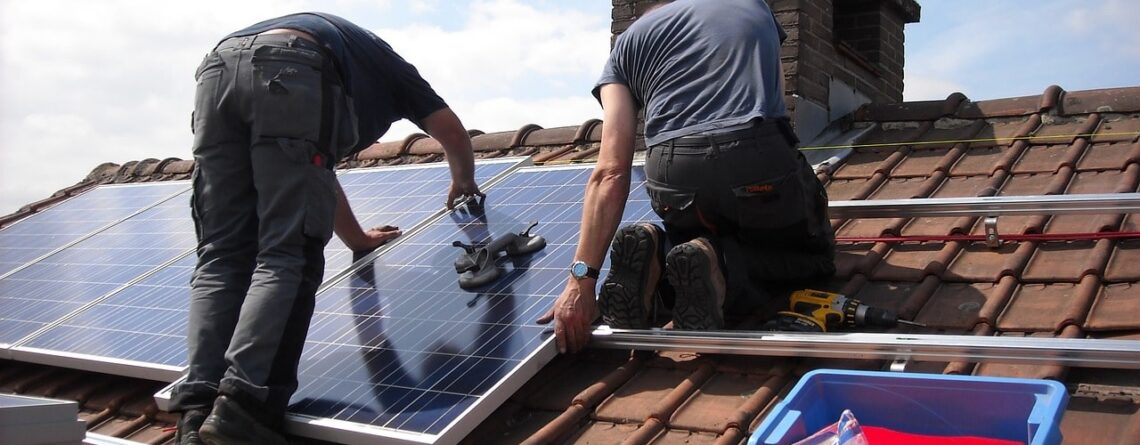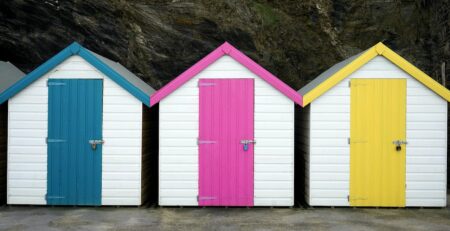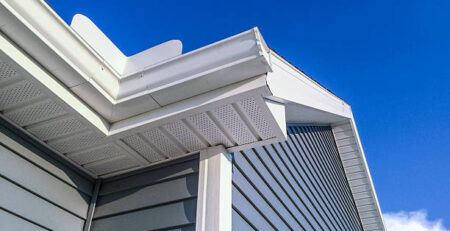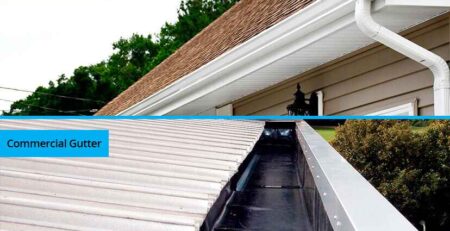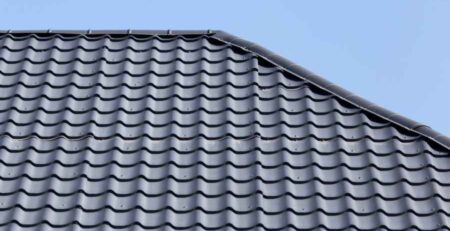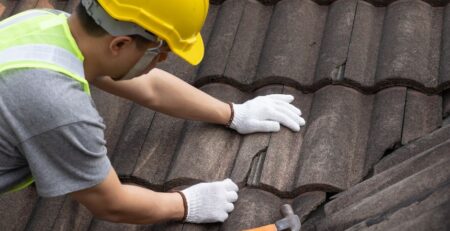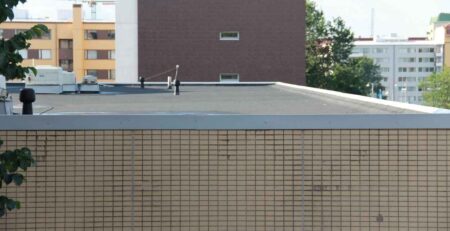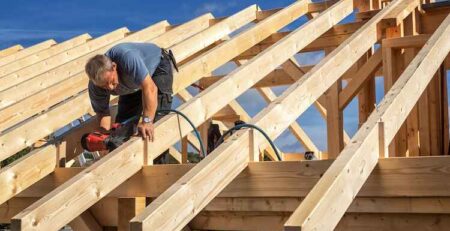Best Roof for Energy Efficiency
In the contemporary era of rising environmental awareness, energy efficiency has become paramount in all aspects of our lives, including our homes.
In efforts to minimize energy consumption and enhance sustainability, the selection of roofing materials holds considerable importance. With many options available, it can be overwhelming to determine the best roof for energy efficiency without the help of professional roofers.
From reflective roof coatings to green roofs, solar panel integration to cool roofs, and insulated metal roofs, each option possesses its own benefits and considerations. So, which roof is truly the best for energy efficiency?
Let’s explore the possibilities and uncover the optimal solution that promises reduced energy consumption and a sustainable future for our planet.
Reflective Roof Coatings
Reflective roof coatings are a crucial component in enhancing energy efficiency and reducing heat transfer into buildings.
These coatings are formulated to reflect sunlight, preventing its absorption by the roof, and consequently diminishing the amount of heat transferred into the building. This helps in sustaining a cooler indoor environment and decreases the necessity for excessive air conditioning, leading to notable energy savings.
One of the primary benefits of using reflective roof coatings is their ability to provide UV protection. These coatings are formulated to reflect a substantial portion of the sun’s ultraviolet (UV) radiation, which otherwise can cause damage to the roof surface over time.
By reflecting the UV rays, these coatings aid in prolonging the roof’s lifespan, thereby reducing the necessity for repairs or replacements and saving on maintenance costs.
Furthermore, the energy savings achieved through the use of reflective roof coatings can have a positive impact on the environment.
By curbing the energy consumption of buildings, the demand for electricity is reduced, resulting in a decrease in greenhouse gas emissions from power plants.
This contributes to the overall sustainability and environmental friendliness of buildings with reflective roof coatings.
Green Roofs
Green roofs are an innovative and environmentally friendly roofing solution that offers many benefits for buildings and the surrounding ecosystem.
These roofs are adorned with vegetation, forming a natural habitat for plants and wildlife in urban areas. Green roofs act as an insulating layer, reducing heat transfer and energy consumption for cooling and heating purposes.
They also contribute to stormwater management by absorbing and filtering rainwater, reducing the strain on drainage systems, and preventing water runoff.
Additionally, green roofs provide:
- Opportunities for urban farming.
- Allowing for the cultivation of fruits, vegetables, and herbs in cities.
- Advocating for local food production and minimizing food miles.
Overall, green roofs are a sustainable roofing option that integrates nature into urban landscapes while providing numerous environmental and social benefits.
Solar Panel Integration
Integrating solar panels is a cost-effective and sustainable approach to maximizing energy efficiency while reducing reliance on traditional building power sources.
However, it is essential to consider solar panels’ maintenance and financing aspects.
Routine solar panel maintenance is crucial to maintain optimal performance and efficiency. This involves cleaning the panels to eliminate dirt and debris, inspecting for any damages or defects, and monitoring the system’s performance.
Suitable financing options can make solar panel installation more accessible and affordable for homeowners and businesses.
Various financing options, such as leasing, power purchase agreements, and loans, are available to help offset the upfront costs of solar panel installation.
By considering both maintenance and financing, solar panel integration can be a viable solution for achieving energy efficiency and sustainability in buildings.
Cool Roofs
Cool roofs are an innovative solution for improving energy efficiency and reducing building heat transfer.
These roofs are engineered to reflect more sunlight and absorb less heat compared to traditional roofs, effectively maintaining a cooler building environment and diminishing the necessity for air conditioning.
Cool roof materials like white or light-colored coatings, tiles, or shingles have high solar reflectance and thermal emittance properties.
The benefits of cool roofs are numerous. They can lower energy consumption, reduce the urban heat island effect, extend roof lifespan, and improve indoor comfort.
According to the Department of Energy, cool roofs have the potential to reduce peak cooling demand by up to 15%.
Additionally, cool roofs contribute to a more sustainable and eco-friendly built environment by reducing greenhouse gas emissions and mitigating climate change.
Insulated Metal Roofs
Insulated metal roofs offer another energy-efficient option for buildings, providing enhanced thermal insulation and reducing heat transfer.
These roofs have a metal outer layer with insulation underneath, creating a barrier that prevents heat from entering or escaping the building.
This insulation aids in maintaining a comfortable temperature inside the building, thereby reducing reliance on heating and cooling systems and leading to notable energy savings.
Metal roofs also have other benefits, such as durability, longevity, and resistance to fire and pests.
Additionally, metal roofs can be highly reflective, reducing the heat the building absorbs and enhancing energy efficiency. Insulated metal roofs are an excellent choice for energy-saving roofing options that offer both insulation and durability.
